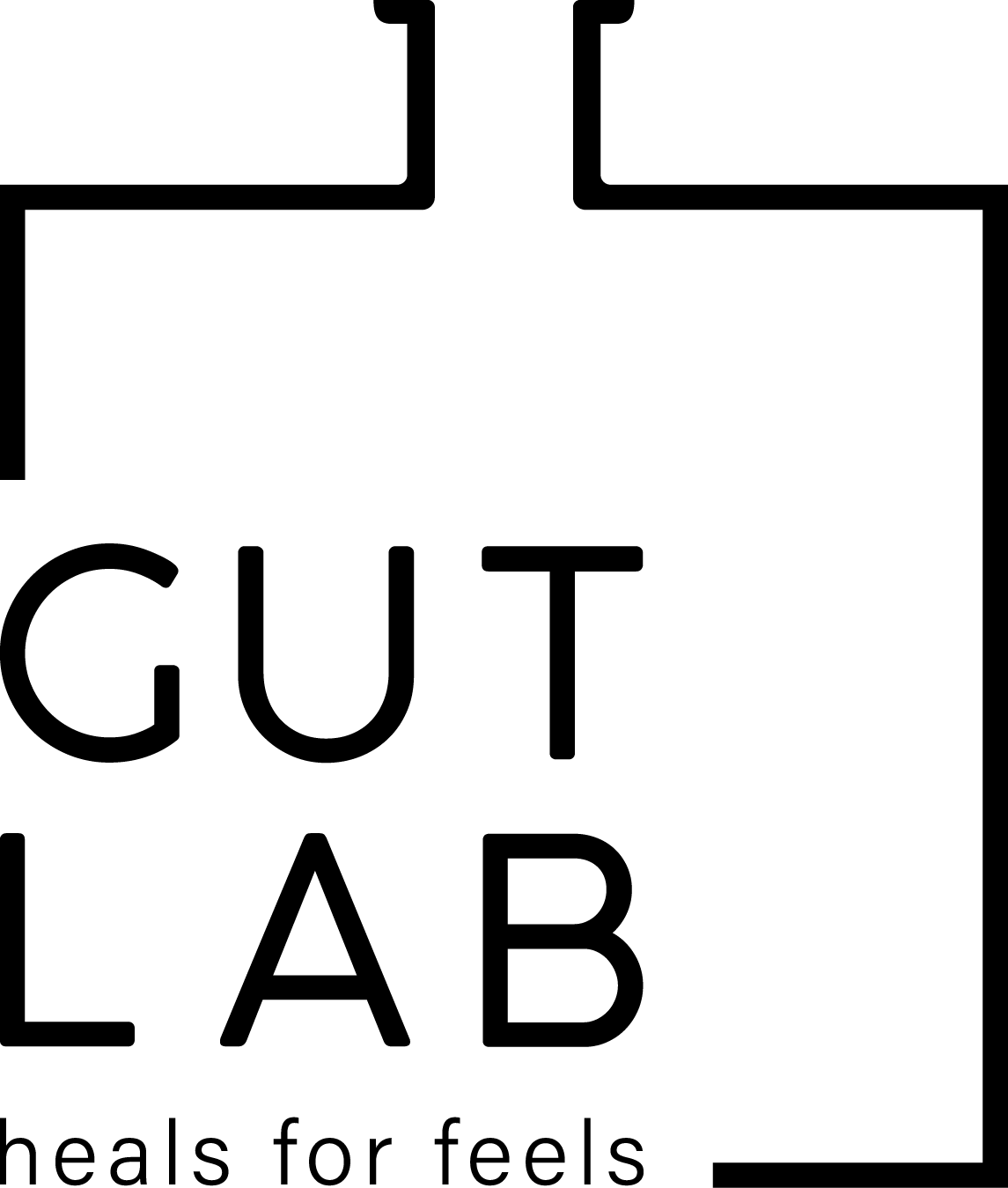How to support your gut-liver-axis.
Firstly, what does gut-liver-axis (GLA) mean??
The word ‘axis’ in ‘gut-liver-axis’ (much like in ‘gut-brain’axis’) just means ‘relationship’. And the relationship between the gut and the liver is hella important.
How does the GLA work and why is it so important?
The GLA is a bi-directional union and communications line which is distinguished by responses from diet, microbiome, and environmental input. This reciprocal interactivity is facilitated by the portal vein, which delivers gut material to the liver, and bile and antibody feedback responses to the gut via the biliary tract.
The liver has more responsibilities than any other organ, and one of its key roles is detoxification, which requires a solid partnership with the gut. The intestines are where all the nutritional elements necessary for detoxification come from, as well as being the biggest site for waste and toxin elimination.
The vascular and mucosal gut wall is where much of the interplay between the gut and the liver takes place. Blood leaves the gut carrying material and nutrients obtained from food via digestion. The integrity of gut health (and the presence or absence of gut permeability, aka leaky gut) determines what the blood carries. The liver filters what gut derived substances are carried to the rest of the body. Gut lymph nodes restrict the spread of unwanted material via gut immune responses. Gut microbes and the types of dietary metabolites present in the gut help the immune system to ‘tune’ the barriers of the GLA, to keep a balanced and healthy gut and liver.
A shout out to liquid gold, aka bile!
A key player in the GLA is bile, which is produced in the liver and stored in the gall bladder, then excreted to break down fats in the intestines. Bile production is influenced by microbial and dietary ‘information’ and as such, its activity is affected by the quality and health of our food and gut materials. Bile is a complex substance with many intricate roles, but key to understand are that it facilitates the extraction of fat-soluble vitamins A, D, E & K from food, as well as aiding detoxification by carrying waste products to the gut for elimination.
How does alcohol affect the GLA?
Alcohol interferes with and damages GLA activity in multiple interconnected ways, including microbiome disruption, mucosal barrier damage, epithelial layer damage, and increasing proinflammatory environment of the liver. The balance of microbe populations within your microbiome ecosystem are critical to keeping GLA health and alcohol affects it significantly, which has a knock-on effect to all areas of health, as the gut microbiome is integral to everything involved in keeping you well. Liver cirrhosis is associated with profound damage to gut microbiome as well as inflammation and damage to all aspects of gut barrier function including immune strength.
Can anything else harm the GLA the way alcohol does?
Absolutely. Anything that harms the gut microbiome, gut barrier function, and increases inflammation in the body will be implicated in the communications and activity between the GLA. As such, measures to take to support GLA go well beyond just staying away from alcohol.
Should I do a liver cleanse or juice fast?
My answer to this is a little more involved than a yes or no. First, it is important to realise that your liver is better and more knowledgeable about detox processes than any juice cleanse or detox marketing gimmick. Your liver is working to detoxify you 24/7, regardless of a fancy and expensive juice cleanse. The 2 stages of liver detox require multiple nutrients and enzymes, but importantly, require antioxidants and protein. Most juice detox programs do not include sufficient protein. I refer to these programs as ‘flushes’, and there is nothing wrong with a little liver flush, but it is worth noting that to actually support true liver detox, you must engage in liver supporting approaches for much longer than a week.
The bucket metaphor!
Look at it this way. You have been filling up your bucket with toxins for decades. It’s full. Things like quick fix juice flushes are just symptom management or a temporary way to save the bucket from overflowing. Long term detox and a change in your lifestyle and health approach is required to truly reduce the contents of the bucket. Flushes and juice fasts are a lovely strategy to include WITHIN a detox period.
How can I support the health and detox processes of the GLA long term then?
There are several things you can adopt as part of your lifestyle and health approach which will facilitate liver detox and a healthy GLA. These include:
Colonics – supporting drainage is key for GLA activity.
Enemas (coffee enemas are great, but water enemas are also very helpful)
Using binders – binders support the flow of detox processes.
Removing inflammatory foods and alcohol – you can’t detox while you retox, it’s simple.
Reducing environmental toxins (e.g. toxic creams, perfumes etc)
Support glutathione production – NAC supplementation and dietary antioxidant intake
Sufficient organic protein intake
Parasympathetic nervous system support
Microbiome support
If you would like to learn how to support your GLA and how to apply the above suggestions to your own unique life and body, please contact Sarah about one-on-one health consults. You can improve your body’s natural detoxification processes, restore gut health, and feel all the benefits and energy that come along with it. You can be feeling vital and so grateful for the the empowering pride that future you will be so thankful for!
To read about the gut-brain-axis, check out my other article here




